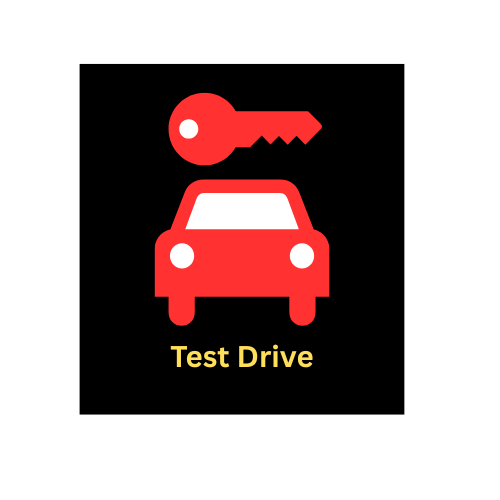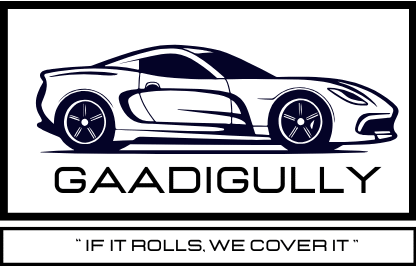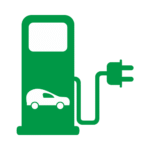
Buying a car—new or used—is a big decision. And while research, reviews, and spec sheets can tell you a lot, nothing compares to the actual experience of driving the vehicle yourself. That’s where the test drive comes in. It’s your chance to connect with the car and evaluate whether it fits your needs, driving habits, and comfort level.
Here’s a comprehensive guide on what to look for during a test drive, so you walk away confident in your decision.
✅ Before You Start the Drive
1. Do a Walk-Around Inspection
- Exterior condition: Check for scratches, dents, rust, or mismatched paint—especially for used cars.
- Tire condition: Uneven wear could indicate alignment issues.
- Lights and indicators: Make sure all are working.
- Trunk and storage space: Is it practical for your needs?
2. Sit Inside and Get Comfortable
- Adjustability: Can you easily adjust the seat, steering wheel, and mirrors?
- Visibility: Check for blind spots and windshield clarity.
- Interior quality: Look at materials, controls, dashboard layout, and overall cleanliness.
- Tech check: Test the infotainment system, navigation, Bluetooth, and air conditioning.
🚘 During the Drive
3. Acceleration and Power
- How does the car respond when you accelerate?
- Is the power delivery smooth and consistent?
- Does it feel sluggish or responsive when merging or overtaking?
4. Braking
- Are the brakes responsive and smooth?
- Does the car pull to one side under braking?
- Any noises or vibrations when you brake?
5. Steering and Handling
- Is the steering responsive and accurate?
- How does it handle turns and corners?
- Test at various speeds to check for stability and comfort.
6. Suspension and Ride Comfort
- Drive over bumps, rough roads, or railroad tracks to test the suspension.
- Is the ride too stiff, too soft, or just right?
- Any unusual noises or rattles?
7. Transmission (Automatic or Manual)
- Are gear shifts smooth and timely?
- For manual cars: Is the clutch feel comfortable? Any slipping?
8. Cabin Noise
- Listen for wind, road, and engine noise at different speeds.
- A quiet cabin often indicates good build quality and insulation.
🛑 After the Drive
9. Parking and Maneuverability
- Try parallel parking or backing into a space.
- Check rear camera quality and sensor responsiveness.
- Is it easy to maneuver in tight spaces?
10. Final Impressions
- Do you feel comfortable driving it?
- Did anything frustrate or surprise you?
- Does the car suit your daily needs (commute, family, cargo, etc.)?
Bonus Tips
- Test drive more than one car for comparison.
- Drive the way you normally would—not just a quick spin around the block.
- Bring a friend or family member for a second opinion.
- Don’t rush! A thorough test drive can take 30–60 minutes.
🚦 Bottom Line
A test drive isn’t just about how the car feels—it’s about how you feel in the car. Take your time, stay alert, and focus on the details. The best car for you should check all the boxes: comfort, performance, safety, and practicality.
Your perfect drive starts with a smart test drive.


